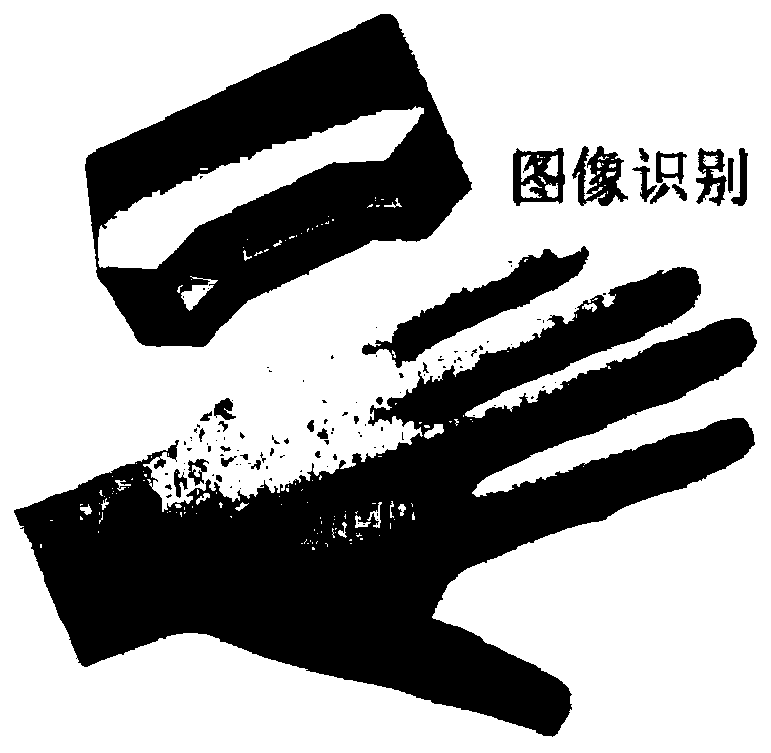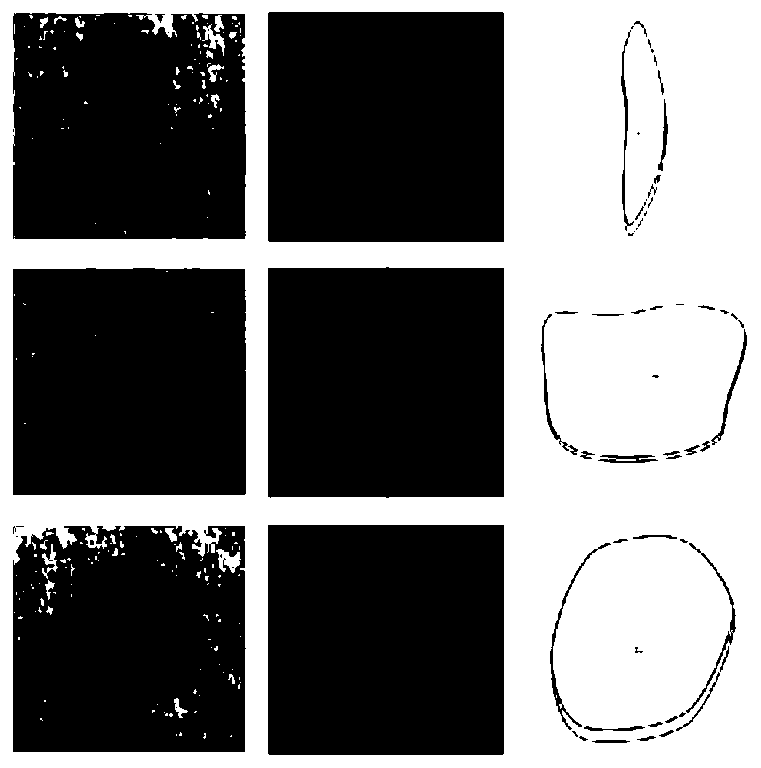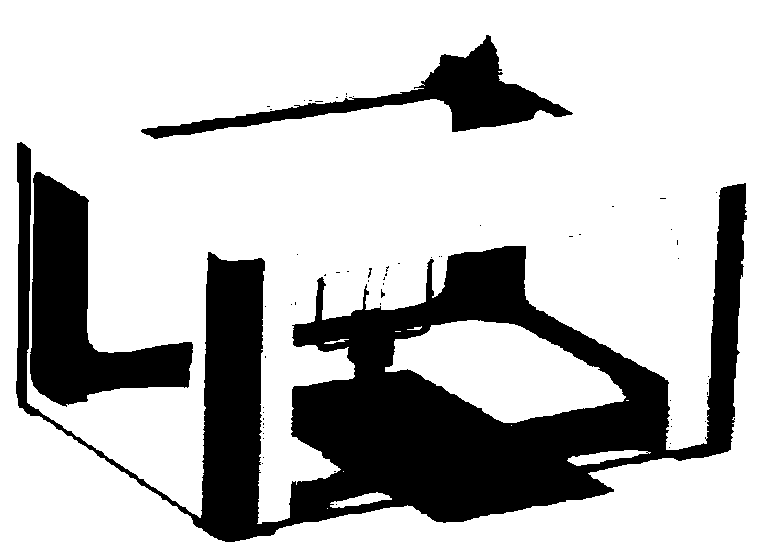Preparation method of 3D printed wound customized adhesive bandage
A 3D printing and Band-Aid technology, applied in the field of sanitary products, can solve the problems of not being able to match well, and achieve the effect of adjustable shape, precise application, and simple production
- Summary
- Abstract
- Description
- Claims
- Application Information
AI Technical Summary
Problems solved by technology
Method used
Image
Examples
Embodiment 1
[0066] Example 1 3D printing a band-aid that fits the arm
[0067] Step 1: Image recognition and modeling of the wound
[0068] First cut three incisions of different shapes on the pigskin, and use a scanner or smartphone to take pictures of the front of the wound (such as figure 1 shown), wirelessly transfer the photos to the PC. The PC processed the photos sequentially through black-and-white processing, binarization processing, and the eight-connected method to determine the coordinate data of the wound contour, and then imported them into Adobe illustrator (Ai) software. After running the customized Ai plug-in, it automatically traced to generate a two-dimensional vector map of the wound contour. After further importing into Autodesk 3ds max software, the outline size can be appropriately modified, and the extrusion command can be used to generate a three-dimensional model matching the corresponding wound shape (such as figure 2 shown), save it as an STL file and store ...
Embodiment 2
[0079] Example 2 3D printing a Band-Aid that fits fingertips
[0080] Step 1: Scanning and modeling of wound and fingertip
[0081] The scanning modeling process of the wound is basically the same as that of the implementation case 1: firstly, a circular opening is made on the tip of the index finger of the dummy mannequin. Use a smart phone to take photos of the front of the wound, and run the customized Ai plug-in to automatically trace to generate a two-dimensional vector map of the wound outline. After further importing into the Autodesk 3ds max software, the outline size can be modified appropriately, and the three-dimensional model can be generated with the extrusion command, saved as an STL file format and stored in the SD card for printing. Scanning and modeling process of the injured part: Use a smart phone to take photos of the injured index finger. The photos taken are superimposed and converted into stereoscopic images through image converters and transmission con...
PUM
 Login to View More
Login to View More Abstract
Description
Claims
Application Information
 Login to View More
Login to View More - R&D
- Intellectual Property
- Life Sciences
- Materials
- Tech Scout
- Unparalleled Data Quality
- Higher Quality Content
- 60% Fewer Hallucinations
Browse by: Latest US Patents, China's latest patents, Technical Efficacy Thesaurus, Application Domain, Technology Topic, Popular Technical Reports.
© 2025 PatSnap. All rights reserved.Legal|Privacy policy|Modern Slavery Act Transparency Statement|Sitemap|About US| Contact US: help@patsnap.com



